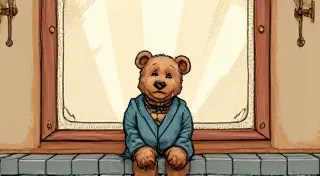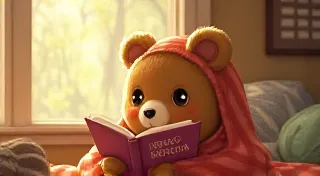‘The Little House’ by Virginia Haviland: Exploring Nostalgia and Rural Life
Virginia Haviland’s The Little House (1938) occupies a unique and often overlooked corner of American children's literature. While not reaching the household recognition of Little Women or The Secret Garden, it possesses a quiet charm and a deeply resonant depiction of rural life that continues to appeal to readers of all ages. Our website, Forgotten Children's Literature, aims to unearth these treasures, and The Little House is a perfect example of a book deserving renewed attention.
A Glimpse into 19th-Century Rural America
The story unfolds in a small, unnamed town in 19th-century America, focusing on a young girl named Melody, whose family has recently moved from the bustling city to a quaint little house. Haviland’s portrayal isn't romanticized or sanitized; it's a genuine depiction of rural existence, complete with the hardships and the simple joys that defined the era. Melody's initial discomfort with the change gradually transforms into appreciation as she discovers the beauty of nature, the warmth of her neighbors, and the value of honest labor.
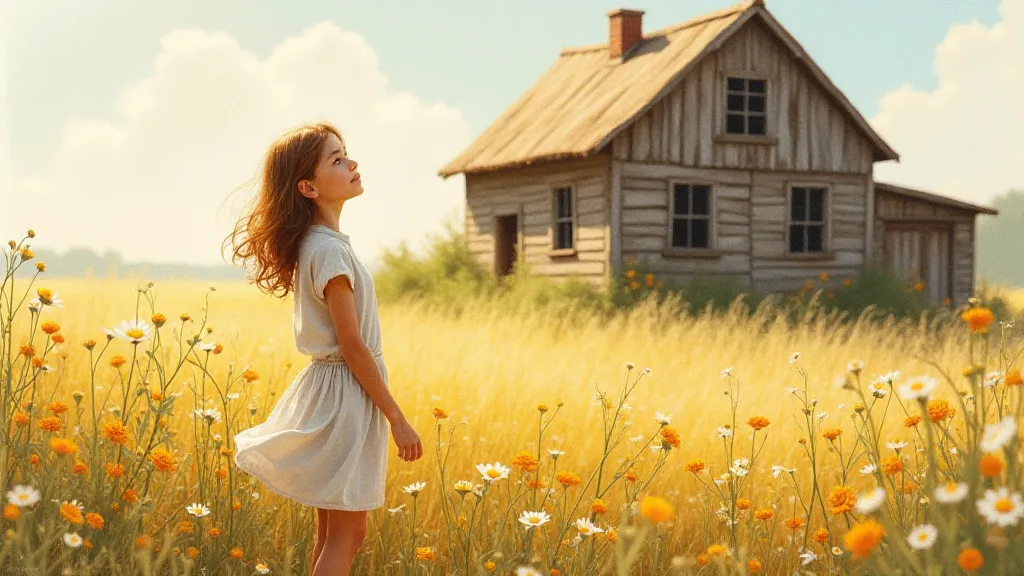
Themes of Adaptation and Community
One of the central themes of The Little House is adaptation. Melody’s journey represents the universal experience of adjusting to new environments and embracing change. The story highlights the importance of resilience and the capacity for finding happiness even in unfamiliar circumstances. Equally important is the emphasis on community. The kindness and generosity of Melody's neighbors are presented as vital components of a fulfilling life, illustrating the power of human connection.
The Beauty of Haviland’s Illustrations
Virginia Haviland wasn't just a writer; she was also a talented illustrator. Her black-and-white illustrations are integral to the book's charm, perfectly complementing the story's gentle tone and detailed depiction of rural life. The illustrations capture the simplicity and beauty of the setting and the characters' expressions, adding depth and emotion to the narrative. Her style is reminiscent of early 20th-century illustrators, with a focus on realism and attention to detail.
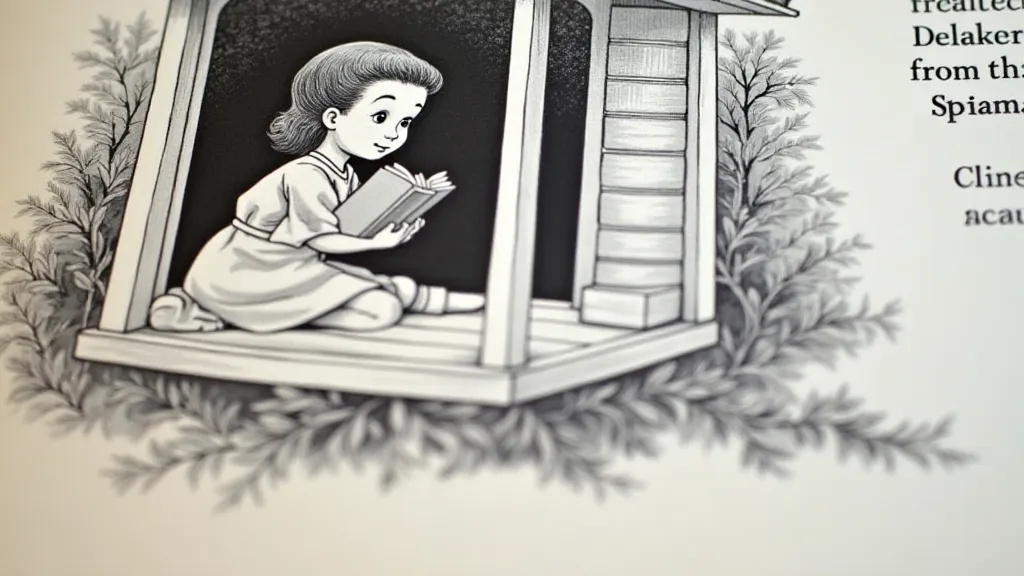
A Nostalgic Read for Modern Readers
While rooted in a specific historical context, The Little House offers enduring lessons for contemporary readers. In a world increasingly dominated by technology and urban environments, the book provides a refreshing reminder of the value of nature, community, and simple living. It's a nostalgic read that evokes a sense of timelessness, inviting readers to slow down, appreciate the beauty around them, and connect with the enduring power of storytelling.
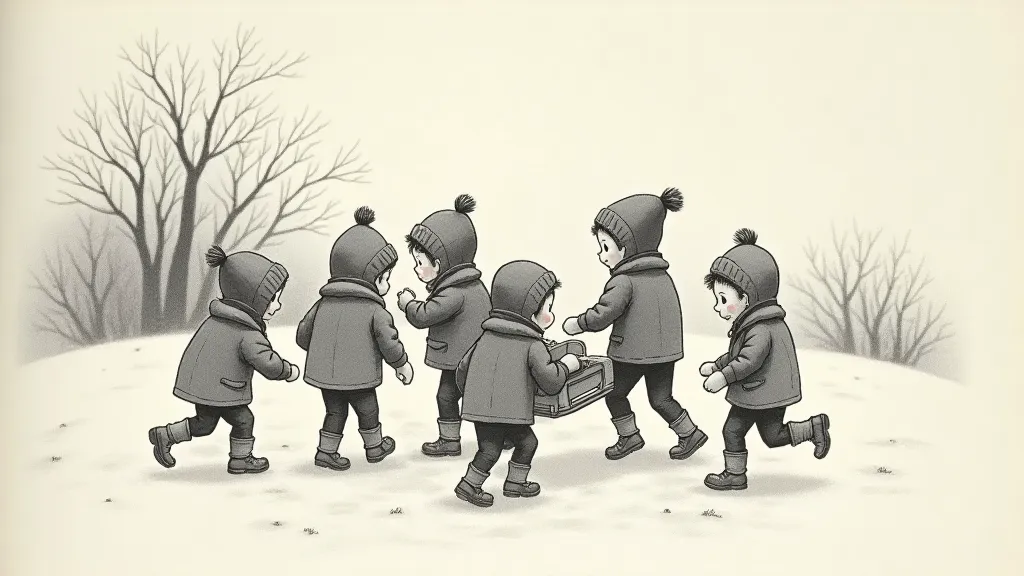
Rediscovering Forgotten Treasures
The Little House serves as a poignant example of why preserving and celebrating forgotten children's literature is so important. Books like this offer invaluable insights into the past, while also providing timeless lessons for the future. We encourage you to explore this charming tale and discover the enduring appeal of Virginia Haviland's beautiful work.


